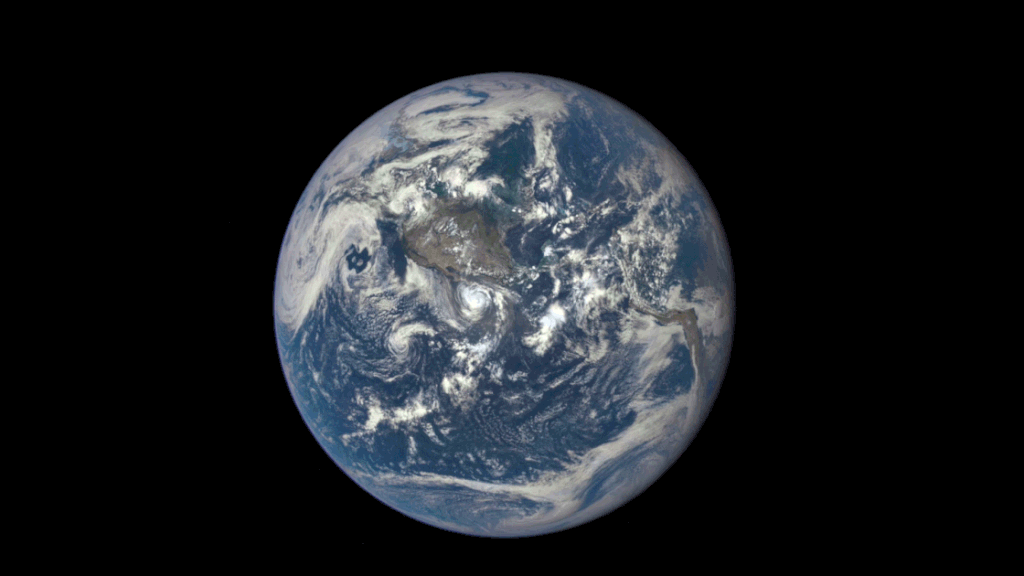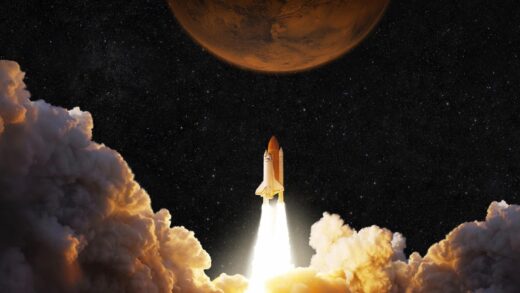Tidally locked moon’s fixed face vs rotating earth’s ever-changing view
From the surface of the Earth, we always see the same side of the tidally locked Moon. We observe the Moon’s phases as it orbits our planet, transitioning from new to full and back again. But the perspective from the Moon is vastly different; we can see the entire Earth from there.
Tidal Locking
The same side of the Moon always faces Earth due to tidal locking, where the Moon rotates on its axis at the same rate it orbits the Earth, keeping one side permanently facing our planet, and ensuring that the other hemisphere of the Moon remains forever hidden from our view. This view is slightly altered by libration, providing the Earth observer with a subtle, rhythmic motion in the Moon’s sky.
Think of libration as a cosmic wobble, enabled by variations in the Moon’s orbital parameters, its eccentricity, and inclination. Over time, it is possible to see only up to 59% of the Moon’s surface, but only 50% at a time. It means we can see up to 9% of the outskirts of the Moon’s far side from Earth.

This phenomenon grants us the privilege of witnessing Earth’s elegant movement across the lunar sky, tracing out a Lissajous figure, also called Bowditch Curve – a rectangle approximately 15°48′ wide and 13°20′ high in angular dimensions. This pattern is produced by the intersection of two sinusoidal curves the axes of which are at right angles to each other.
Earthrises, though rare and slow, are one of the most awe-inspiring spectacles on the Moon. These occur as Earth slowly emerges above the lunar horizon, revealing our blue planet’s splendor against the inky void of space.
Imagine standing on the Moon’s surface and gazing at Earth’s rise over the lunar sky. It’s a gradual process, taking approximately 48 hours for Earth to clear its diameter.
The Moon’s Ever-Changing View of Earth
On Earth, we witness the rise and set of the sun every 24 hours, marking our days and nights. Whereas, a day on the Moon lasts approximately 29.5 Earth days, the same duration as a synodic month. During these lunar days, the sun remains persistently in the sky for about 15 Earth days before plunging the lunar landscape into darkness for an equal span.

Now, let’s consider the Moon’s view of Earth. Earth remains steady in the Moon’s sky, rotating on its axis – a silent but everchanging presence for any lunar observer.
The Earth features an angular diameter of about 2°. The Moon’s larger neighbor shines predominantly in blue, adorned with white patches and streaks that shift as our world rotates on its axis and its clouds drift.
In contrast to Earth, the Moon’s sky remains eternally black, bereft of the comforting hues of blue. Even in the brilliance of lunar daylight, the Moonscape is harsh and devoid of color, with sharp, unforgiving shadows.
The Earth, though a huge ball in the Moon’s sky, is only visible from a little more than half of the lunar globe the side always facing Earth. The far side of the Moon remains forever hidden from our view, whereas, this doesn’t restrict the view of Earth’s entire surface.
As the Moon orbits the Earth, an observer on the Moon’s surface would have the opportunity to see different parts of Earth, including both the day and night sides, simultaneously.
So, from the Moon’s perspective, there is no permanent “dark side” of the Earth.


